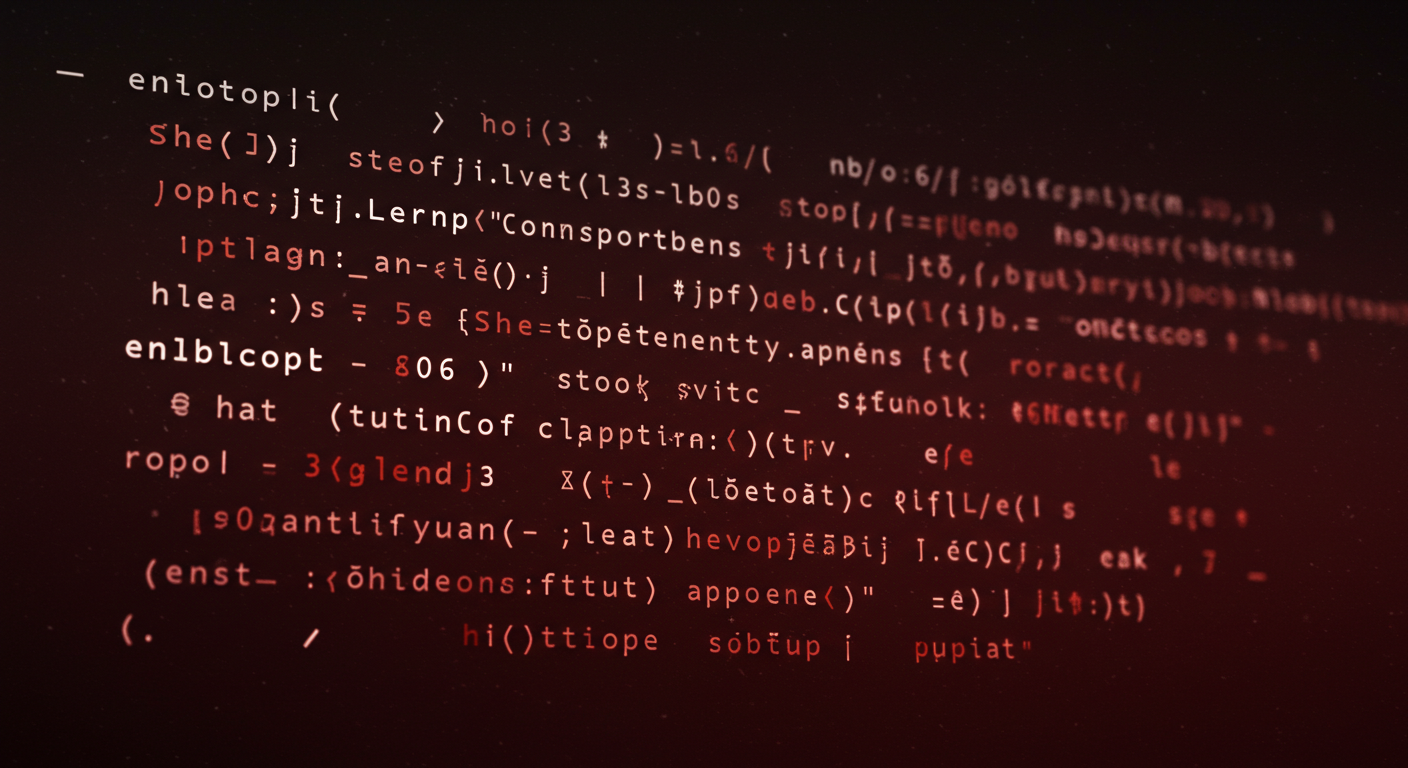Cryptic messages and strange codes often appear in various forms on the internet, sparking curiosity and prompting attempts to decode them. One such example is the following enigmatic phrase: 「ゆむのつるくむゆまのくとまのんむるまなたふなたた?」. What does it mean, and how can we go about deciphering such messages? In this article, we explore methods and approaches to tackle these cryptic puzzles.
Understanding the Basics of Cryptic Messages
A cryptic message is one that has been deliberately encoded, often using simple or complex cipher techniques, to hide its true meaning. These messages can be part of puzzles, games, or even used for secretive communication. The goal of decoding is to uncover the original message by applying appropriate decryption methods.
In some cases, cryptic messages might use letter shifts, substitutions, or patterns that need to be recognized and decoded manually or with the help of tools. To crack the code, it’s essential to look for clues within the text itself, such as recurring symbols or letter sequences that could hint at the method of encryption.
Common Techniques for Decoding Encrypted Messages
There are several popular methods used to decode cryptic messages. Some of the most common include:
- Caesar Cipher: A simple substitution cipher where each letter in the plaintext is shifted a certain number of places down or up the alphabet. For example, shifting each letter by three would turn A into D, B into E, and so on.
- Substitution Cipher: A method where each letter or symbol in the message is replaced by another letter or symbol. The challenge is to determine the correct substitution rule.
- Transposition Cipher: This involves rearranging the letters of the message in a certain order to hide the original text.
For the mysterious phrase mentioned, we would first consider whether any of these methods could apply, or if there are any obvious patterns in the characters that suggest a specific cipher.
Is This a Simple Letter Shift or Something More Complex?
One of the first steps in solving a cryptic message is determining whether it’s a simple case of letter shifts or if more complex encryption methods are involved. In this case, the strange characters like 「ゆむのつるくむゆまのくとまのんむるまなたふなたた?」 could indicate either a language-based encoding or a pattern that needs to be analyzed.
For example, if this message is in Japanese and uses hiragana characters, it may be based on a linguistic pattern or a code that relies on the pronunciation of the words rather than direct meaning. In such cases, recognizing familiar syllables and their phonetic patterns might help unlock the message.
What Are the Tools Available for Decoding?
While manual decoding can be fun and challenging, there are also online tools and software that can assist in breaking down more complex ciphers. Some of the most widely used tools include:
- Cryptii: A versatile online tool that supports various cipher types, from Caesar ciphers to more advanced methods like Vigenère or even Base64 encoding.
- quipqiup: A popular cipher solver that can crack substitution ciphers, including letter shifting and jumbled text.
- Online Cipher Solvers: Many websites offer free tools to automatically attempt decoding using a variety of methods, especially useful for basic ciphers.
These tools can speed up the process of decryption, providing quick insights into whether the message can be easily cracked or if it requires further investigation.
Conclusion: Solving Cryptic Messages and Codes
In conclusion, decoding cryptic messages like the one posed in the question involves a mix of logical reasoning, pattern recognition, and sometimes the use of external tools. While this particular message may require further analysis to determine the exact method of encryption, understanding the basics of cipher techniques and having access to decoding tools can significantly help in unraveling the mystery.
Whether it’s a simple shift cipher or a more complex encryption, the key to solving these puzzles lies in breaking down the components, recognizing patterns, and testing different decoding strategies until the original message is revealed.



コメント